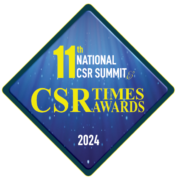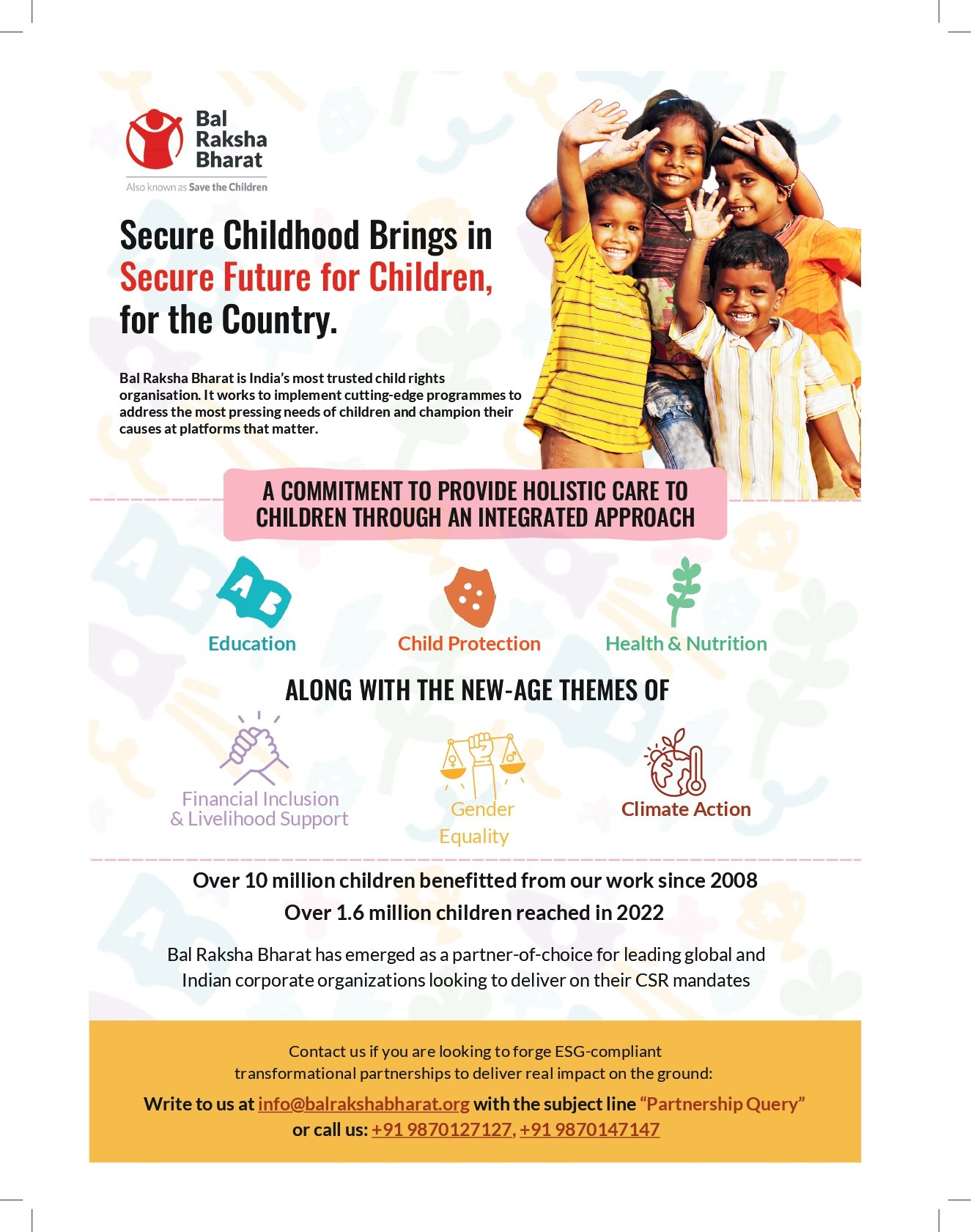ARCHIVE
SECOND WARNING TO HUMANITY
Twenty-five years after global scientists issued a “warning to humanity” about dangers to the environment, a new update released last month says most of the planet’s problems are getting “far worse.” In 1992, the Union of Concerned Scientists and more than 1700 independent scientists, including the majority of living Nobel laureates in the sciences, penned the 1992 “World Scientists’ Warning to Humanity” They issued a grim “warning to humanity.” Within, they explained that human activities were doing serious, irreversible damage on the planet that, if left unchecked would eventually make the planet uninhabitable. The scientists then listed all of the ways that the Earth was suffering on account of humanity, from ozone depletion to exploitation of water supplies to the destruction of rain forests. In their manifesto, they showed that humans were on a collision course with the natural world. They expressed concern about current, impending, or potential damage on planet Earth involving ozone depletion, freshwater availability, marine life depletion, ocean dead zones, forest loss, biodiversity destruction, climate change, and continued human population growth. They proclaimed that fundamental changes were urgently needed to avoid the consequences our present course would bring. And now on the 25th anniversary of the appeal, the new notice, written as an open-letter “viewpoint” article, won the support of 15,364 scientists from 184 countries who agreed to offer their names as signatories. Scientists have published “a second notice,” examining the pleas of the original letter and checking back in to see how humanity has responded over the past two and a half decades. You probably won’t be surprised to learn that we haven’t done much of anything to heed the warnings. This second notice updates an original warning sent from the Union of Concerned Scientists that was backed by 1,700 signatures 25 years ago. But the experts say the picture is far, far worse than it was in 1992, and that almost all of the problems identified then have simply been exacerbated. Since then, nearly all major threats to the environment have grown more dire, particularly the booming world population, which has added two billion people since 1992, a 35 per cent increase, according to the update. Other key threats are global warming and the ever-mounting carbon emissions driven by fossil fuel use, as well as unsustainable farming practices, deforestation, lack of fresh water, loss of marine life and growing ocean dead zones. Led by top US ecologist Professor William Ripple, from Oregon State University, the open letter said: “Humanity is now being given a second notice.”
MASS EXTINCTION UNDER-WAY
“Mankind is still facing the existential threat of runaway consumption of limited resources by a rapidly growing population,” they warn. “And ‘scientists, media influencers and lay citizens’ aren’t doing enough to fight against it,” according to the letter. If the world doesn’t act soon, there be catastrophic biodiversity loss and untold amounts of human misery, they warn. Progress had been made in some areas – such as cutting ozone-depleting chemicals, and increasing energy generated from renewable sources -but every single other threat has just got worse, they write, and there is not long left before those changes can never be reversed. A host of environmental calamities are highlighted in the warning notice, including catastrophic climate change, deforestation, mass species extinction, ocean “dead zones”, and lack of access to fresh water.
Here are the grim changes which have taken place in the last 25 years:
- The amount of fresh water available per head of population worldwide has reduced by 26%.
- The number of ocean “dead zones” – places where little can live because of pollution and oxygen starvation – has increased by 75%.
- Nearly 300 million acres of forest have been lost, mostly to make way for agricultural land.
- Global carbon emissions and average temperatures have shown continued significant increases.
- Human population has risen by 35%.
- Collectively the number of mammals, reptiles, amphibians, birds and fish in the world has fallen by 29%.
As only the hole in the ozone layer has improved since the first letter was written; the letter urges humanity to use that as an example of what can happen when it acts decisively. Humanity is now being given a second notice, as illustrated by these alarming trends.By failing to adequately limit population growth, reassess the role of an economy rooted in growth, reduce greenhouse gases, incentivize renewable energy, protect habitat, restore ecosystems, curb pollution, halt defaunation, and constrain invasive alien species, humanity is not taking the urgent steps needed to safeguard our imperilled biosphere. There are some causes for hope, the letter suggests. But humanity isn’t doing nearly enough to make the most of them and soon won’t be able to reverse its fate. “Soon it will be too late to shift course away from our failing trajectory, and time is running out,” the letter warns. “We must recognize, in our day-to-day lives and in our governing institutions, that Earth with all its life is our only home.”
However, adding that most of the planet’s problems are getting “far worse”, the letter in the end outlines 13 solutions which include a shift to renewable energy and population control.
13 SOLUTIONS
Examples of diverse and effective steps humanity can take to transition to sustainability include the following (not in order of importance or urgency):
- Prioritizing the enactment of connected well-funded and well-managed reserves for a significant proportion of the world’s terrestrial, marine, freshwater, and aerial habitats;
- Maintaining nature’s ecosystem services by halting the conversion of forests, grasslands, and other native habitats;
- Restoring native plant communities at large scales, particularly forest landscapes;
- Rewilding regions with native species, especially apex predators, to restore ecological processes and dynamics;
- Developing and adopting adequate policy instruments to remedy defaunation, the poaching crisis, and the exploitation and trade of threatened species;
- Reducing food waste through education and better infrastructure;
- Promoting dietary shifts towards mostly plant-based foods; further
- Reducing fertility rates by ensuring that women and men have access to education and voluntary family-planning services, especially where such resources are still lacking;
- Increasing outdoor nature education for children, as well as the overall engagement of society in the appreciation of nature;
- Divesting of monetary investments and purchases to encourage positive environmental change;
- Devising and promoting new green technologies and massively adopting renewable energy sources while phasing out subsidies to energy production through fossil fuels;
- Revising our economy to reduce wealth inequality and ensure that prices, taxation, and incentive systems take into account the real costs which consumption patterns impose on our environment; and
- Estimating a scientifically defensible, sustainable human population size for the long term while rallying nations and leaders to support that vital goal.



































